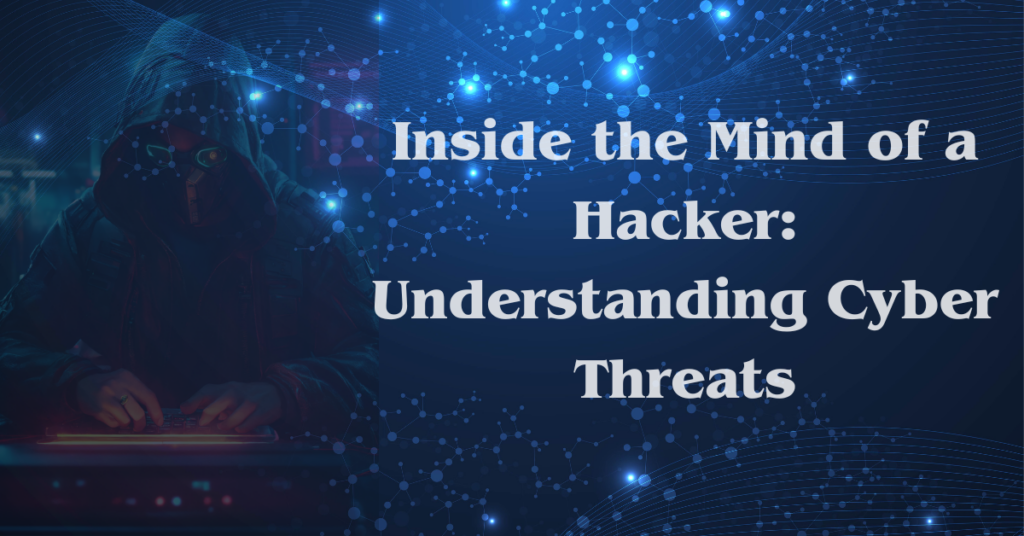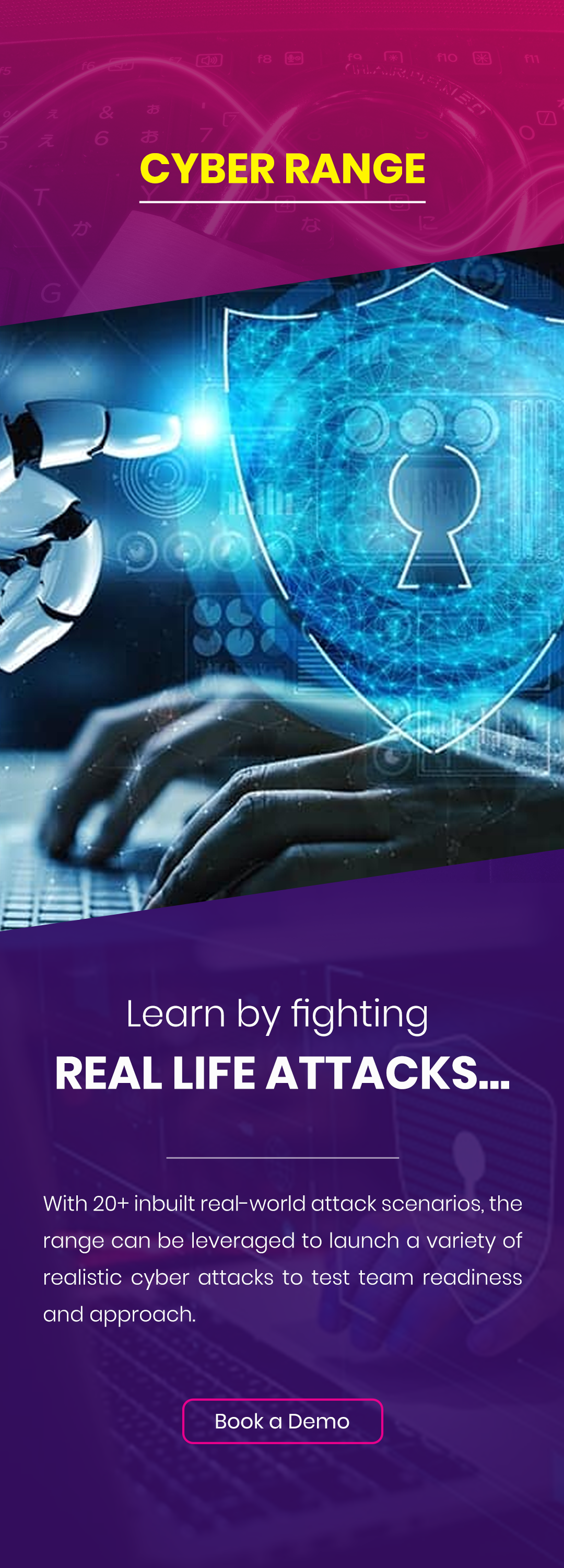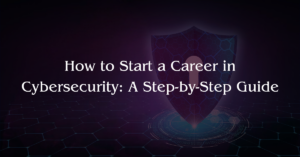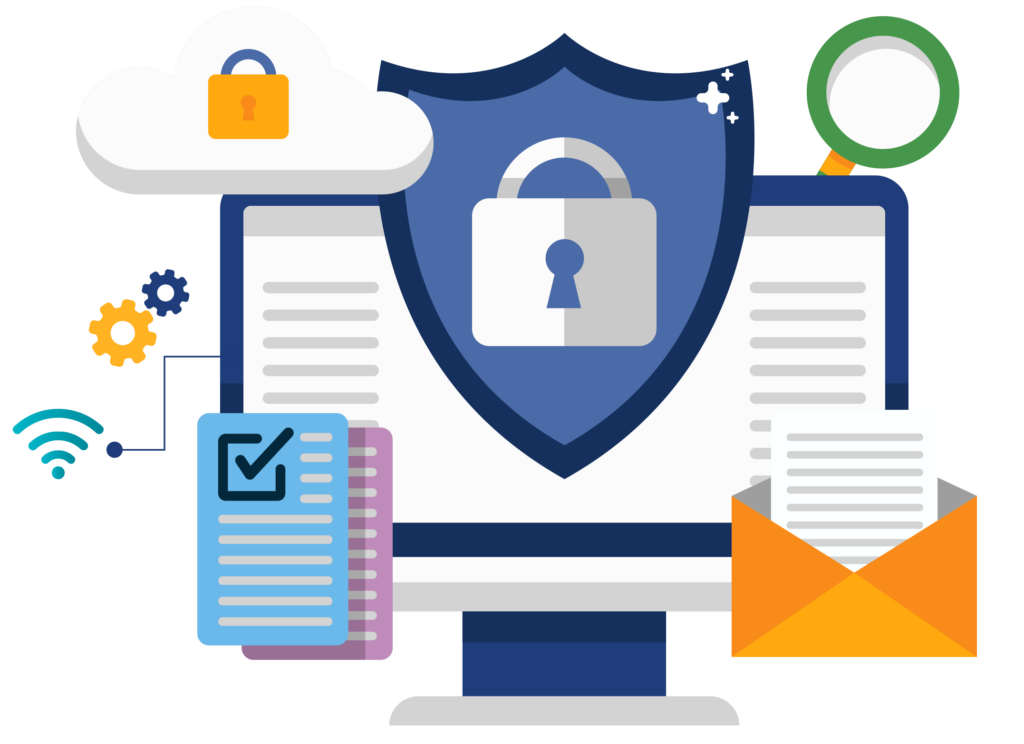
In today’s digital age, understanding the mindset of hackers is crucial for defending against cyber threats. Hackers have various motives, from financial gain to political agendas, and their methods are constantly evolving.
Common Motivations:
- Financial Gain: Many hackers seek to steal sensitive data such as credit card information, personal identities, or proprietary business information to sell on the dark web or hold for ransom. This form of hacking, known as cybercrime, is one of the most prevalent and financially devastating types.
- Political and Social Causes: Some hackers, known as hacktivists, use their skills to promote political agendas or social causes. They may target government websites, political figures, or organizations they view as unethical.
- Corporate Espionage: This involves hackers infiltrating competing companies to steal trade secrets, research, and development information, or other confidential data to gain a competitive edge.
- Personal Satisfaction: Some hackers are driven by the challenge and thrill of breaking into secure systems. They often do it to demonstrate their skills or gain notoriety within the hacker community.
Types of Cyber Threats:
- Malware: Malicious software designed to disrupt, damage, or gain unauthorized access to computer systems. This includes viruses, worms, trojans, and spyware.
- Phishing: A method where attackers impersonate a trustworthy entity to trick individuals into revealing personal information such as login credentials or credit card numbers. Phishing is often executed via email, but can also occur through text messages or phone calls.
- Ransomware: A type of malware that encrypts the victim’s data and demands payment for the decryption key. Ransomware attacks can cripple businesses by denying access to critical data until the ransom is paid.
- DDoS Attacks (Distributed Denial of Service): An attack that overwhelms a system, such as a website or network, with a flood of internet traffic, rendering it unavailable to users. This can cause significant disruption to services.
- Zero-Day Exploits: Attacks that target vulnerabilities in software that are unknown to the vendor. These exploits are particularly dangerous because they can be used before a fix is available.
Hacker Techniques:
- Social Engineering: Manipulating people into divulging confidential information. This can include phishing, pretexting, baiting, and tailgating.
- Exploiting Vulnerabilities: Hackers find and exploit weaknesses in software or hardware to gain access to systems. This can involve using known exploits or discovering new vulnerabilities.
- Brute Force Attacks: Attempting to gain access to accounts by systematically trying every possible password until the correct one is found.
- Man-in-the-Middle Attacks: Intercepting and possibly altering the communication between two parties without their knowledge. This can allow hackers to steal data or inject malicious content.
Defensive Strategies:
- Regular Updates: Keeping all software and systems up-to-date with the latest security patches to close known vulnerabilities.
- Strong Password Policies: Implementing robust password requirements, including complexity and expiration policies, and encouraging the use of multi-factor authentication to add an extra layer of security.
- Employee Training: Conducting regular training sessions to educate employees about cybersecurity best practices and how to recognize and respond to potential threats like phishing emails.
- Network Monitoring: Continuously monitoring network traffic for unusual activity that could indicate a security breach. This can include using intrusion detection systems (IDS) and intrusion prevention systems (IPS).
- Incident Response Plans: Developing and regularly updating plans for responding to various types of cyber incidents. These plans should include steps for identifying, containing, eradicating, and recovering from attacks.
By understanding the motives and methods of hackers, organizations and individuals can better protect themselves against cyber threats. Staying informed and proactive is key to maintaining robust cybersecurity defenses.
Hits: 15





